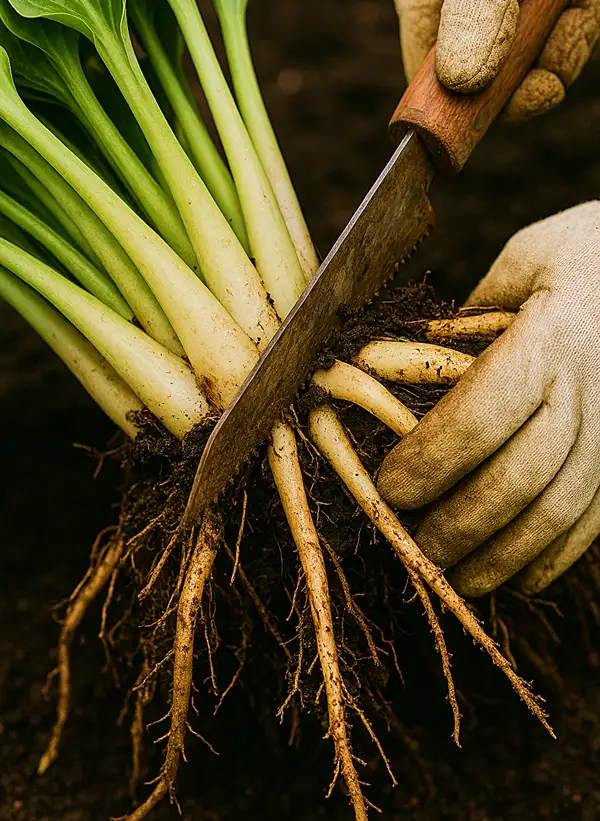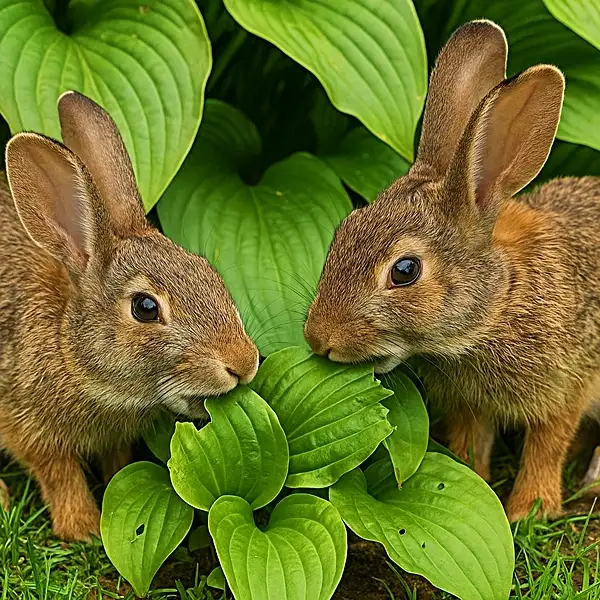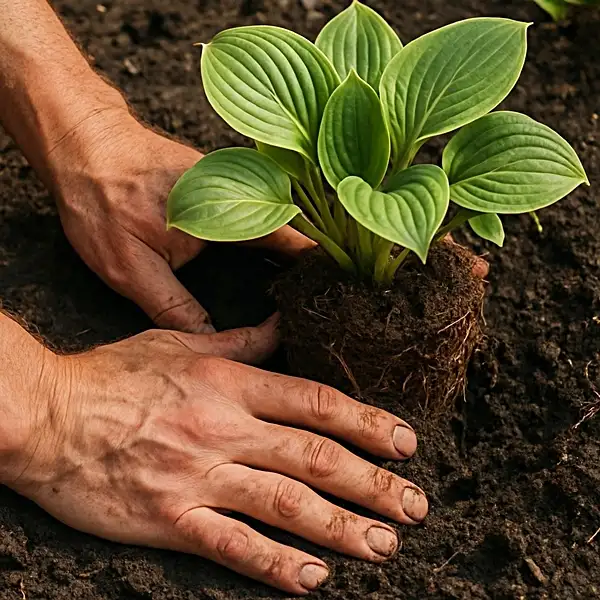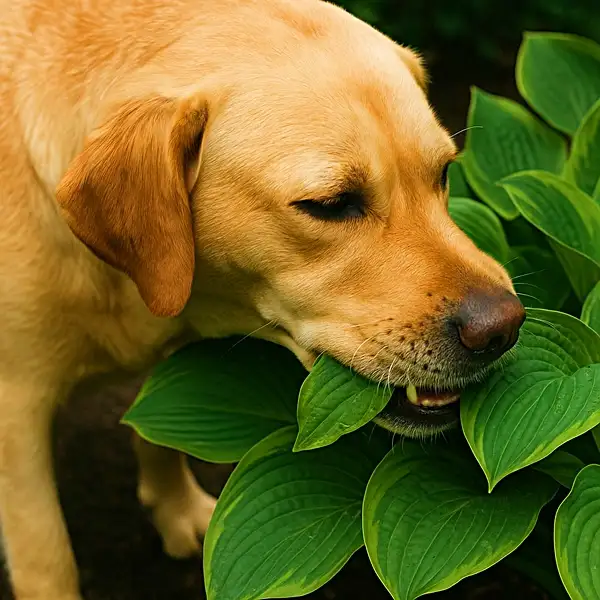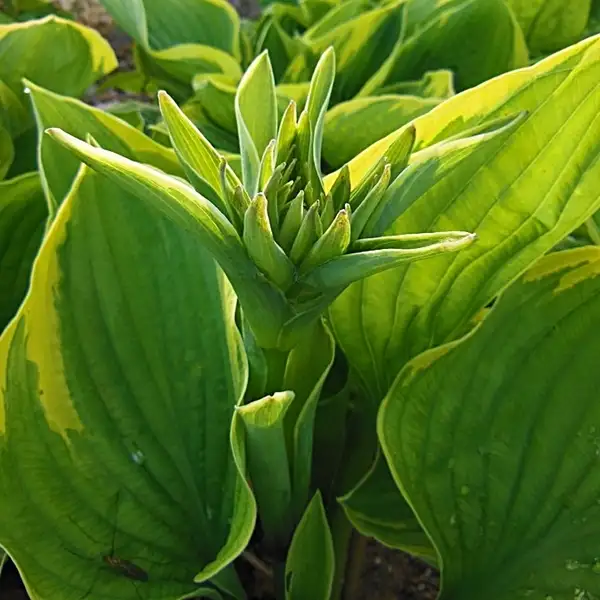Key Takeaways
| 🌿 What You’ll Learn | Why It Matters |
|---|---|
| When to split your hostas | So your plants stay vigorous year after year |
| How to split hostas step-by-step | No guesswork, just clear instructions |
| Which tools make division easier | Avoid damage and save your energy |
| What mistakes to avoid | Prevent transplant shock and wasted effort |
| How to care for hostas after division | Turn stress into strong, healthy new growth |
Basics of Hosta Growth and Propagation
Hostas are prized for their lush foliage & resilience, making them a staple in many gardens. Few perennials can match hosta’s ability to thrive with minimal light & attention, demonstrating impressive adaptability to different soil types.
They are prevalent in USDA hardiness zones 3-9 but can also emerge successfully beyond these ranges, given appropriate care. Varieties vary greatly from small specimen plants less than a foot tall to gargantuan varieties spanning nearly six feet.
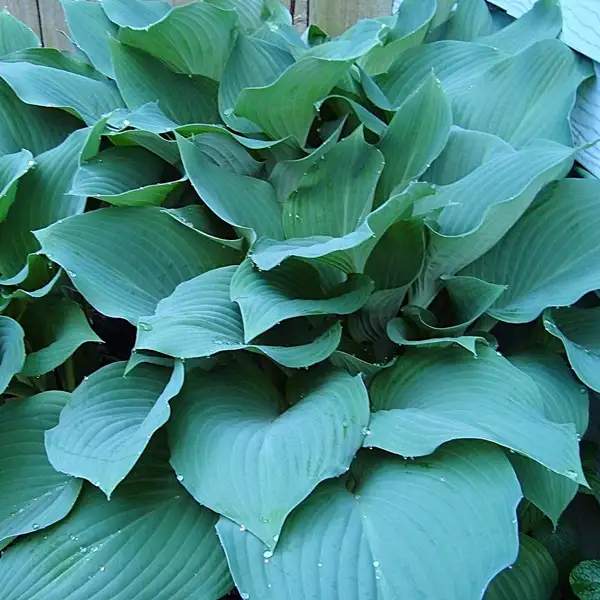
- Hostas propagate through root division, meaning new plants develop off old roots as subsequent growth shoots known as ‘eyes’.
- With time, each eye matures into an individual plant, forming a dense clump that expands outward from its center.
- This method of propagation contributes significantly to their longevity since it allows older centers that have ceased producing leaves (which would otherwise result in weaker plants) to be gradually replaced by younger generations of growth.
- Each withering center type plant can live around 15 years before beginning to decline; however, by splitting it at regular intervals within those years–dependent on growth speed–it is possible to effectively keep your hosta at peak health indefinitely.
2 Seasons: Determining the Right Time to Split Hostas
Much like dividing other perennials, timing is paramount when you plan on splitting hostas.
| Season | Why It’s Ideal |
|---|---|
| Spring (just after sprouting) 🌱 |
|
| July – August 🌤️ |
|
3 Things to Keep in Mind Before Splitting Hosta Plants
- For practical reasons – beyond optimal health benefits for your hosta divisions – weather conditions play a significant role in timing.
- Digging up heavy rootballs is much easier when soil is neither hardened nor waterlogged, making the task simpler while also preventing damage to your plants.
- It is important to remember that older & larger hostas will be more challenging to divide & may require use of power tools. Meanwhile, younger hostas can be easily managed with basic gardening tools.
5 Essential Tools for Successfully Splitting Hostas
To successfully & effectively split hostas, you will need a few essential tools –
| Tool | Purpose |
|---|---|
| Spade or Garden Fork |
|
| Hand Saw 🪚 |
|
| Gloves 🧤 |
|
| Shears |
|
| Garden Hose 🚿 |
|
Step-by-Step Guide on How to Divide Your Hosta Plants
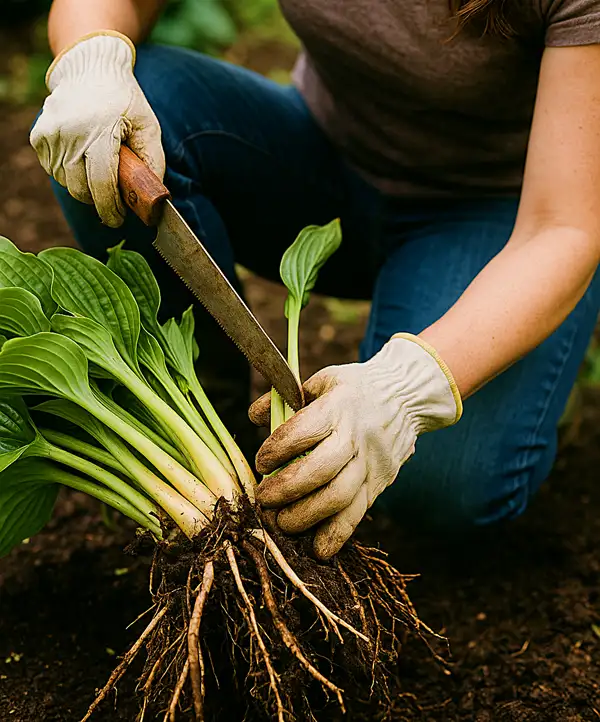
Follow my easy 8-step guide, which will walk you through everything – from preparing planting sites to caring for your new divisions – so your hostas can thrive & bloom beautifully year after year.
| Step | Action | Why It Matters |
|---|---|---|
| 1. Prepare Planting Sites 🌱 |
|
|
| 2. Dig Up the Hosta |
|
|
| 3. Place on a Flat Surface |
|
|
| 4. Wash Off Soil 🚿 |
|
|
| 5. Divide Into 3–5 Eye Segments ✂️ |
|
|
| 6. Trim Excess Foliage |
|
|
| 7. Replant and Water Thoroughly 💧 |
|
|
| 8. Mulch and Monitor |
|
|
4 Common Mistakes Made During Hosta Division & How to Avoid Them
| Mistake | Why It’s a Problem / How to Avoid |
|---|---|
| Prioritizing Size Over Health |
|
| Using Unclean Tools 🦠 |
|
| Ignoring Environmental Conditions |
|
| Skipping Prep |
|
5 Post-Split Care Tips to Ensure Healthy Growth After Dividing Your Hostas
Your responsibility as a gardener does not end once hosta divisions are planted. Post-split care plays a significant role in ensuring that your hosta will thrive after being divided –
| Care Step | Details |
|---|---|
| Watering 💧 |
|
| Mulching |
|
| Fertilizing |
|
| Shading 🌿 |
|
| Pest Control |
|
My #1 Tip for Beginners
- Keep a close eye on your transplanted hostas during first few weeks.
- Wilting or yellowing leaves might indicate transplant shock, especially in warmer weather.
- Don’t panic—this is often temporary & can be mitigated with consistent watering, some shade & patience.
- Always use temporary covers in summer to reduce heat stress while divisions establish.
Hosta Splitting Made Easy
Splitting hostas is not just a chore – it is a revitalizing ritual that ensures continued beauty & health of one of gardening’s most dependable perennials.
With the right timing, tools & care, dividing your hostas can reward you with thriving new plants to spread around your landscape or share with friends & neighbors.
So next time your hostas start forming those tight clumps or a central section begins to die back, don’t see it as a problem – see it as an opportunity to rejuvenate, expand & enrich your garden with even more lush, leafy life.
Frequently Asked Questions
Can hostas be grown from cuttings?
No! Hostas do not grow from cuttings. They multiply through root division where each eye develops into a new plant.
What is best time to divide hostas?
Divide hostas in early spring or late summer. Both times allow strong root establishment without stressing plant.
Do hostas multiply?
Yes! Hostas naturally multiply by forming new eyes that grow into shoots, creating larger clumps over time.
Can hostas grow in full sun?
Some varieties tolerate morning sun but most prefer shade. Full sun risks scorched leaves without consistent moisture.
How can I make my hostas grow faster?
Plant in rich, well-drained soil. Water regularly, apply balanced fertilizer sparingly & divide when crowded.
How long does it take for hostas to root?
New divisions root within 2 to 6 weeks, depending on conditions like soil warmth & moisture.
Do hostas go into shock when transplanted?
Yes! Briefly. They may wilt or yellow but usually recover with shade, moisture & time.


